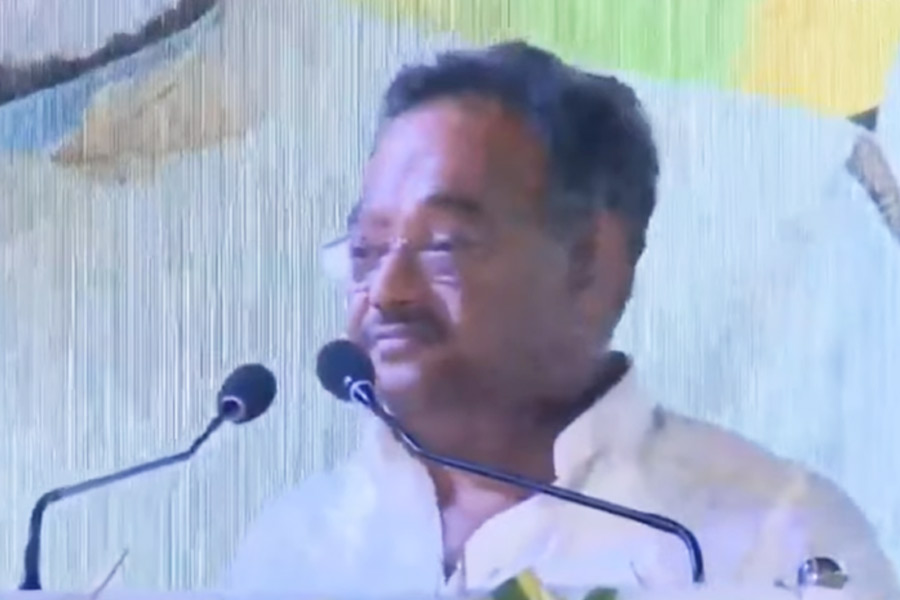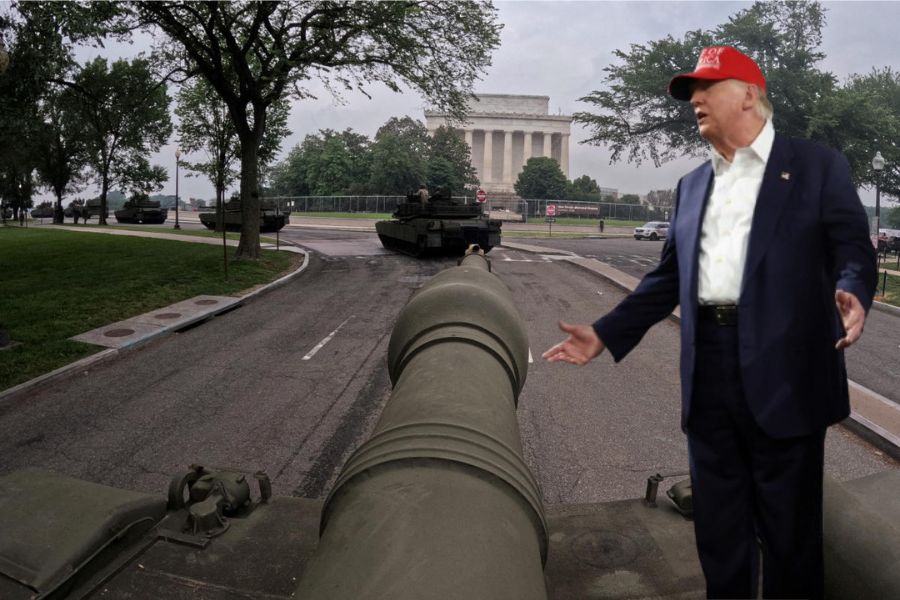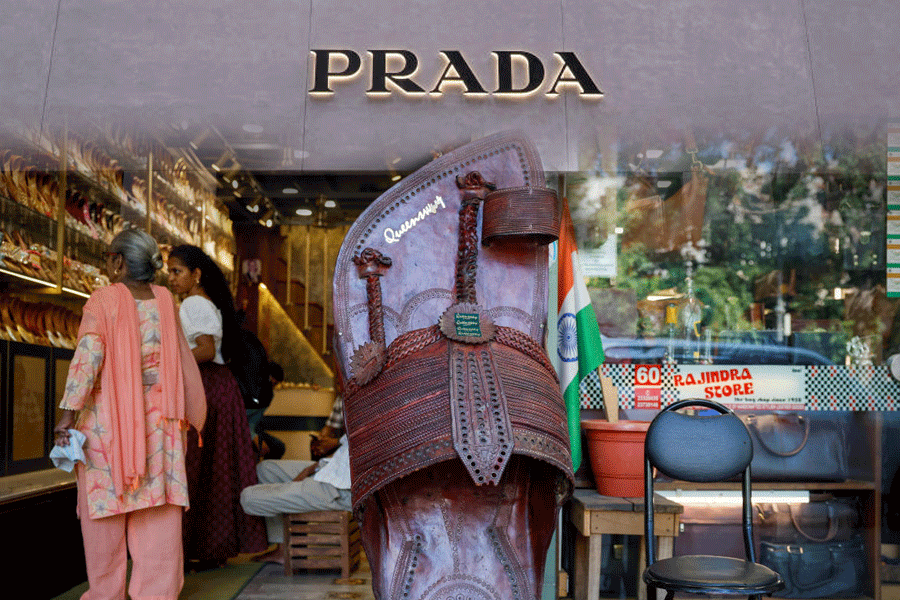 |
 |
| The Mexican underwater cave system is one of the longest in the world and is a major attraction for divers |
Our destination was the Dos Ojos — meaning two eyes — cenotes on the Mayan Riviera in Mexico. Cenotes (pronounced say-noh-tay) are the entry points to a network of underground caves filled with water that criss-cross the Mayan jungles.
These caverns are filled with fresh water up to the roof, and offer scuba divers endless visibility in the parts of the cavern where sunlight filters in unobstructed. The underwater cave system — the parts that have been documented — stretch for at least 61km and there are no less than 25 known cenotes, which are basically sinkholes from where you can enter.
When I decided to dive into one of these cenotes, I’d no clue what to expect. You’ve to be a certified diver to dive in the caves and I’d hooked up with four other divers — one of them being our dive guide — Fabio. There was a couple from Canada, and a French woman.
Our journey began on Highway 307, dotted all the way with spectacular beaches, ritzy resorts and boutique hotels. The route cuts across the eastern seaboard of the Yucatan peninsula in Mexico. It runs all the way from Cancun in the north to Chetumal in the south, almost on the border with Guatemala. The famous Mayan ruins of Tulum mark the southern boundary of what is known as the Mayan Riviera.
We headed north from Akumal with Fabio in the lead. He was in a pick-up truck with 10 tanks of air, two for each person. We followed in a rented van. The dive tanks can explode like missiles on impact and I was worried that Fabio might have an accident — in which case the tanks would explode incinerating everything in the vicinity.
But Fabio simply shrugged when I mentioned this. So I thought that maybe he had everything figured out. The Mexicans are, after all, not famed for their driving skills.
The Dos Ojos cenote, where we were planning to dive, can be reached by a 10km dirt road from the highway. Dos Ojos occupies a special place in the world of diving as one of the top 10, if not the top five, longest underwater cave systems since its discovery in the 1980s. It also contains the deepest known cave passage in Mexico.
 |
 |
| The Tulum ruins on the Mayan Riviera; (above) the writer before the dive |
The first thing that strikes you when you see a cenote is the clear turquoise colour of the water. And it’s all the more startling as it’s rain water you’re looking at, although at a deeper level, it mixes with salt water from the ocean to create a blur that impedes visibility.
On the surface, though, it’s the blue clarity of the water that grabs your attention. The second thing that strikes you is the darkness beyond the cave opening. Then fear creeps in when you realise that you’d be heading into that darkness.
We went into the cave in a straight line. The passageway was extremely narrow and two divers couldn’t swim next to each other. I was to go in behind the French woman who, in turn, would be behind Fabio. Tagging along behind me would be the couple from Victoria. Each one of us was handed a flashlight.
As the light receded, we entered a bizarre underworld of limestone ceilings and organic and mineral debris. It reduced the width and height of the cave forcing us into the pre-arranged queue. There were stalactites and stalagmites sticking out from the debris. The cave’s ceiling was barely a foot above our oxygen tanks so we were in constant danger of smashing into it and rupturing the tank or its connection.
Fabio followed a rope that had been laid out so that divers would not get lost in the caves. The rope was essential as every now and then we were confronted by a myriad of dark passages that went endlessly in every direction. I had my light focused on the French diver in front but didn’t really need it. Even at this depth and this far from the cave opening, visibility was excellent because of the clear water.
I’d no idea where the divers were behind me and I dared not look behind in case I lost my buoyancy and smashed into the cave ceiling. I held on to the flashlight and only my flippers were moving. The pressure in the cave seemed extraordinarily high though we were only 30ft deep. In open water dives, this kind of pressure is only felt at depths of 85ft or more. We had to equalise constantly. Focused on my breathing, I did not immediately notice a strange blue light that had suddenly appeared on the cave’s ceiling.
There were holes in the cave ceiling that allowed the sunlight to filter in and it lit up the entire passageway. It was a laser beam light show, the likes of which I had never seen in my life. It illuminated the limestone rock and gave it a strange orange hue making everything even more magical.
Before we knew it we were once again floating in darkness surrounded by the strange rock formations that seemed unearthly. The visibility was not good anymore and all I could see were the flippers of the diver in front of me.
It seemed like an eternity but we finally turned one last corner and there, in the distance, was a sinkhole. There was fresh air and life as we knew it, waiting for us.
Ready reckoner
 |
Getting there: American Airlines has flights from Calcutta to Cancun, the nearest international airport, via New Delhi and Chicago.
Staying there: From beach villas to deluxe condos, accommodation of all kinds are readily available on the Mayan Riviera.
Exchange rate: 1 MXN (Mexican Peso)= Rs 3.74










